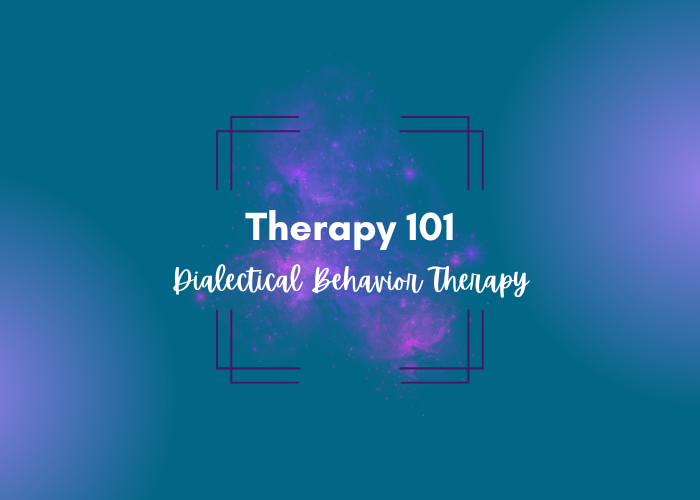If you’ve ever looked into getting therapy, then it’s likely that you’ve heard a lot of different terms thrown around to describe it. There are many different therapy techniques and modalities out there. This blog post is part of a series that is meant to explain some of the more common forms of therapy you’re likely to encounter as you look into potential therapists.
What is EMDR?
EMDR stands for Eye Movement Desensitization and Reprocessing Therapy. This is a form of therapy that is used primarily for treating PTSD (post-traumatic stress disorder) and specific phobias. It essentially works as a way of reprogramming the brain to not trigger a physical sensation (like rapid heart rate, sweating, tight breathing, etc.) usually associated with panic and anxiety. It helps allow individuals to view their past experiences without large levels of distress.
The theory behind EMDR is that the brain cannot process the memory in a logical way and store it successfully because of the high levels of distress. By removing the physical and emotional distress associated with the memories, the brain is then able to store the event away. This allows for psychological healing.
How Does It Work?
This form of therapy involves using some form of bilateral stimulation while the client focuses on their traumatic memory. Usually the stimulation is having the client follow the hand movements of the therapist with their eyes. However, some therapists use audio bilateral stimulation, such as tapping or headphones with audio cues. There are other forms of stimulation that can also be used, like lights. By focusing on the memory and the cue at the same time, it can help the vividness of the memory fade. This allows the brain to store the memory in a healthier way.
EMDR is usually carried out in stages and the client is encouraged to work through one specific memory at a time.
What are the Stages of EMDR?
There are eight stages or phases to this type of therapy.
Phase 1: The therapist does the intake and takes the history of the client.
Phase 2: This phase involves preparing the client for what EMDR entails.
Phase 3: The therapist and client work together to assess which memory the client will be processing in therapy.
Phase 4-7: This is where the bulk of the work is done. These phases involve working through the memory using bilateral stimulation in order to reprocess it.
Phase 8: Evaluating the results. In this phase, the therapist and client work together to assess how successful the previous phases were. If successful, the client either ends treatment or the stages begin again with a new memory to process.
But is it Effective?
There have been studies done that have shown the efficacy and effectiveness of EMDR therapy. It’s not only shown in the short-term but seems to have lasting benefits for clients. This is a short-form therapy that helps many people with their PTSD symptoms and other trauma related problems.
How do I Find an EMDR Therapist?
Here at Compassionate Counseling Company, we do have an EMDR trained therapist! Lis works with clients using EMDR to help work through their traumatic memories. You can also use your insurance company’s database to find a therapist.

